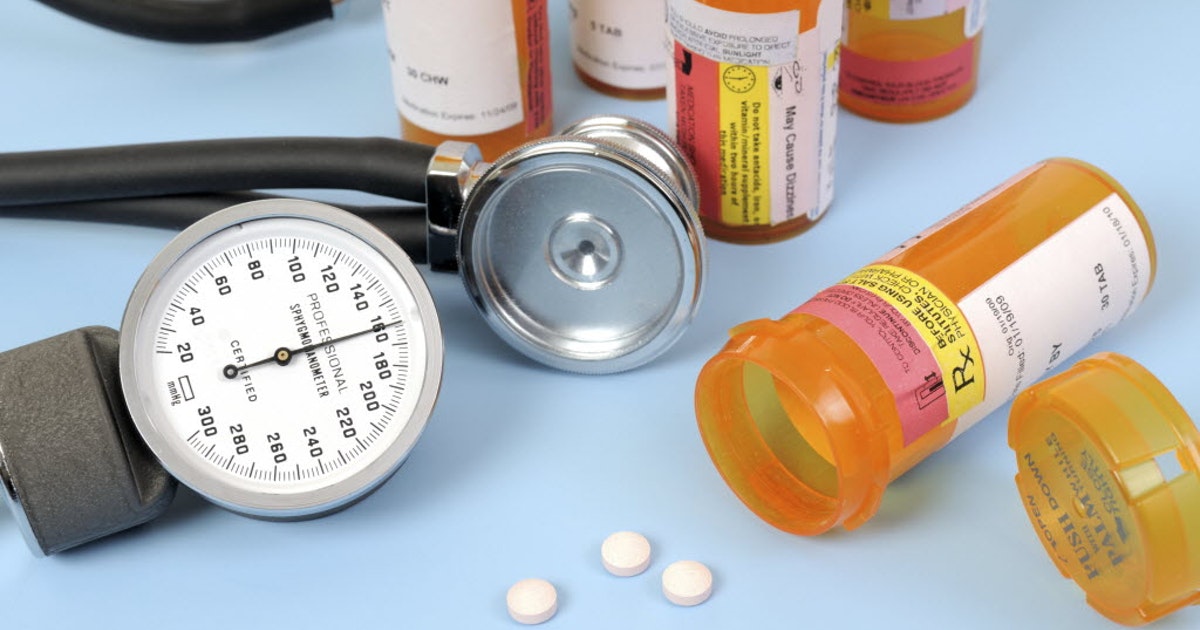Treating Coronary Microvascular Angina
Statin Medications

Another way to treat microvascular chest pain is through the use of statin medications. A statin medication is a medication capable of lowering cholesterol. Each of these medications functions by blocking an important substance necessary for the body to make cholesterol. In addition, statins can help an individual's body reabsorb bad cholesterol built up in plaque form on the microvascular artery walls. This prevents the blood vessels from becoming any more blocked, increases blood flow, and helps protect against heart attacks. There are multiple statins available in the United States. Statins will sometimes be used in combination with another medication that promotes heart health. Certain research indicates statins can prevent heart disease from forming in some adults from forty to seventy-five years old.
Continue reading to learn about the next way to treat coronary microvascular angina.
Beta Blockers And Ace Inhibitors

High blood pressure is a huge factor in the development of both traditional coronary disease and microvascular angina. It's important to treat high blood pressure to prevent chest pain and potential heart attacks. Millions of Americans have high blood pressure problems. Thankfully, there are quite a few medications and other treatments available to treat high blood pressure. Some of the most common are beta blockers and ace inhibitors. Beta blockers are designed to block the body from experiencing adrenaline, which floods the body in response to stress. Without as much adrenaline in your system, your heart rate slows and blood pressure lowers. ACE inhibitors are heart medications that cause blood vessels to widen. This lets your heart pump more blood and lowers overall blood pressure. ACE inhibitors and beta blockers are often used together.
Discover additional options for treating coronary microvascular angina now.
